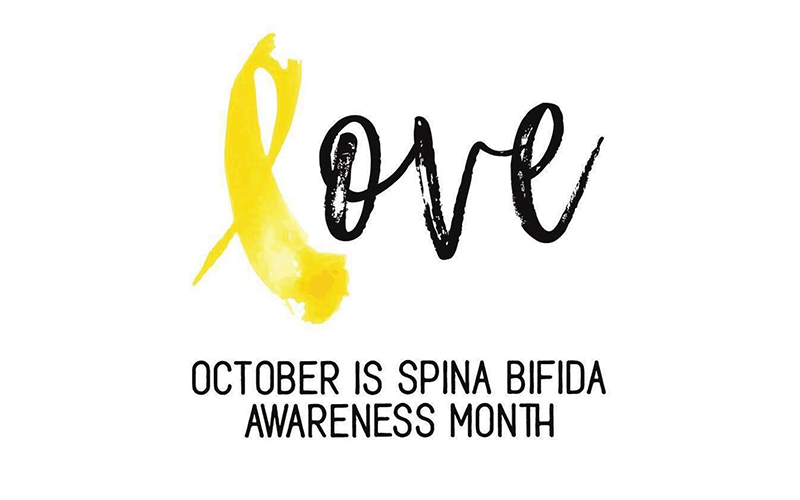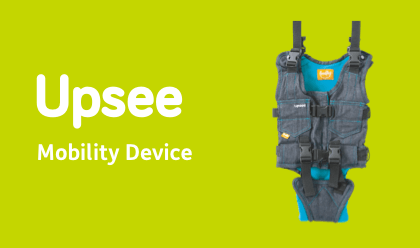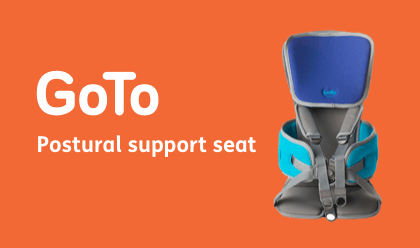Spina Bifida Awareness Month

October is not only time for spooky decorations and trick-or-treating, but it is also a month for awareness. For families like my own, a very important awareness that most have heard about but may not know too much about. October is Spina bifida Awareness month!
Spina bifida is a birth defect in which a developing baby’s spinal cord fails to develop or close properly.
This defect occurs in the early weeks of pregnancy and is usually not diagnosed until the second trimester screening. There are three types of spina bifida ranging from the mild form to the most severe: Spina bifida occulta, Meningocele, and Myelomeningocele. Those living with Spina bifida occulta may not even know they have it, until something prompts an x-ray or scan of the lower spinal cord. It can often present as a large patch of hair over a dimpled area on the lower spinal cord.
Meningocele is when a sac of fluid comes through an opening in the baby’s back. This sac does not include nerves and is closed. Myelomeningocele, which is what our Oliver was born with, is the most severe; in which the protruding sac contains part of the spinal cord and nerves. This sac can be open or closed. Because Oliver’s sac was opened during my pregnancy, his spinal cord and nerves were subjected to damage by amniotic fluid and even physical trauma by moving around in the uterus.
For myself, it is important that I bring awareness because this is a diagnosis that is very misunderstood, and doctors still have much to learn about it.
There is little known indications for what may cause Spina bifida. It does not mean that mom did not take her prenatal vitamins (which contain folic acid aimed to prevent neural tube defects), it does not mean she was dieting prior or during pregnancy (“robbing the baby of nutrients and vitamins”), and it also does not mean that it is genetic (which most assume).
There are so many things that people assume with a spina bifida diagnosis, but most times it is far from the truth. Spina bifida is known as the snowflake diagnosis, because no diagnosis is the same. It may affect the same level on the spinal cord as another person, but the affects could be so different.
One thing I do know, is that the assumption that those living with spina bifida “have no quality of life” is FALSE! These babies come out fighting and continue fighting throughout their life to go above and beyond what is “expected” of them. Even if your child never takes his or her own steps, even if they need assistance breathing or eating, even if they blessed our lives for a short time here on Earth; they are true superhero’s!





















